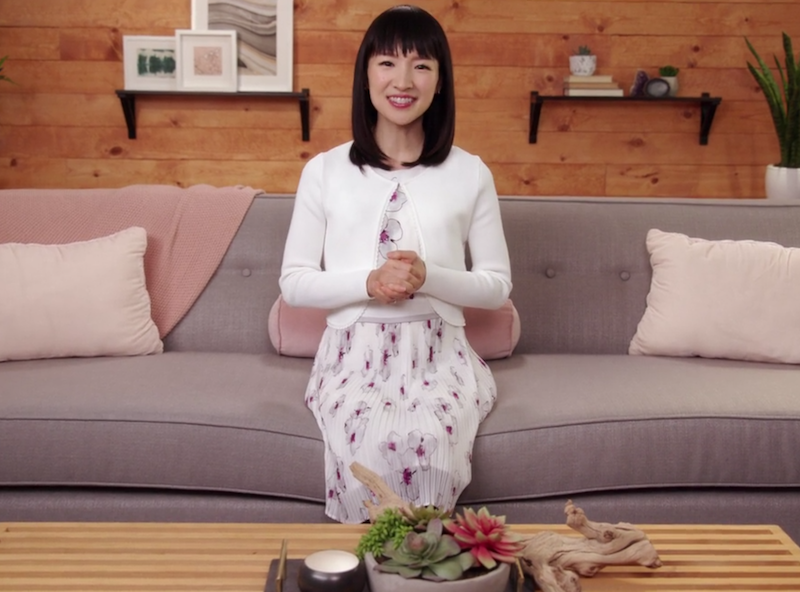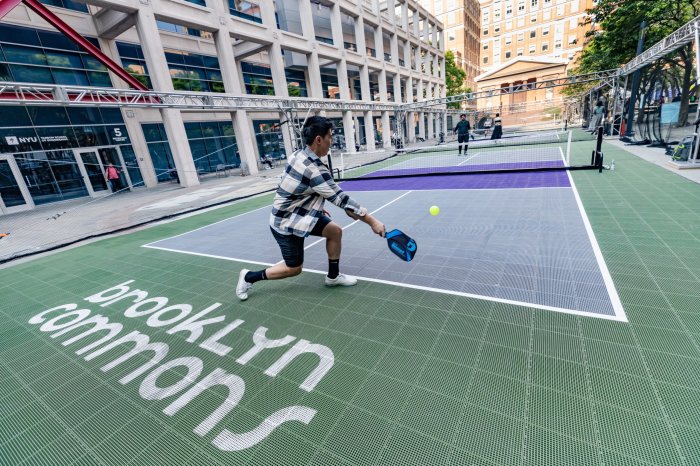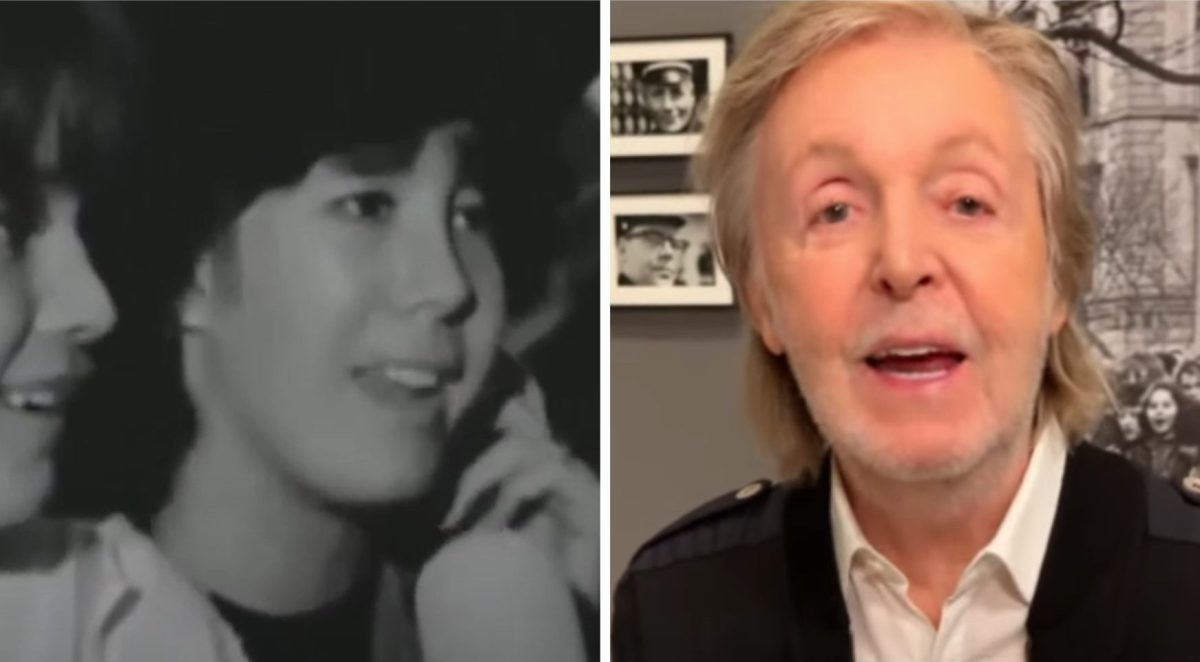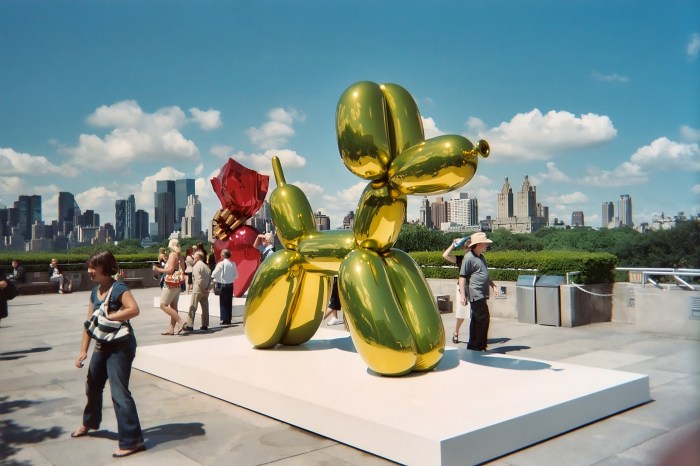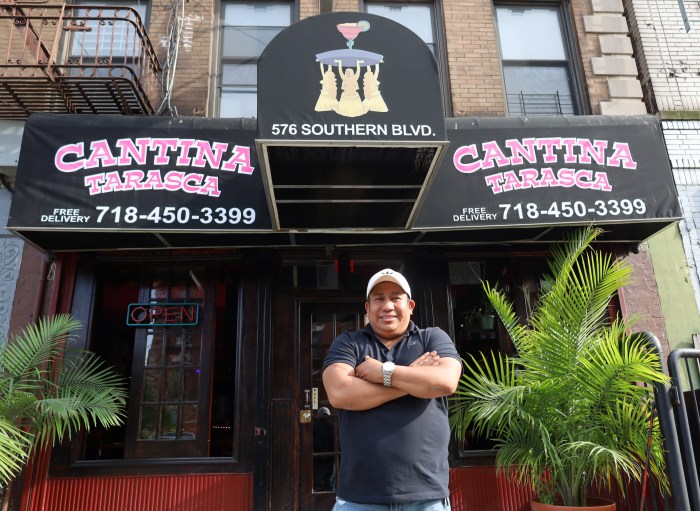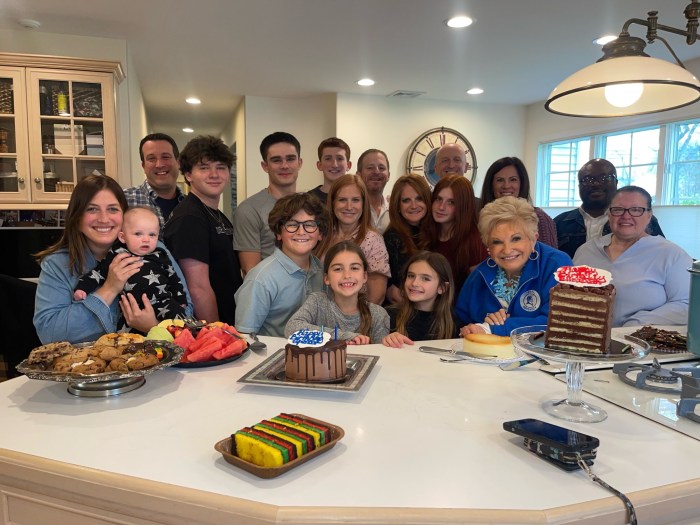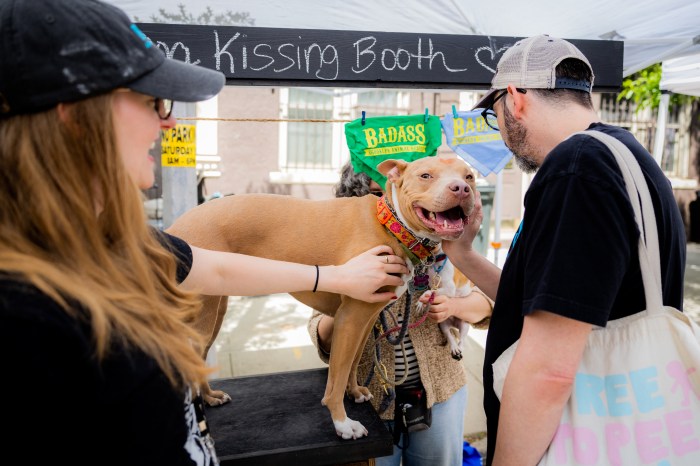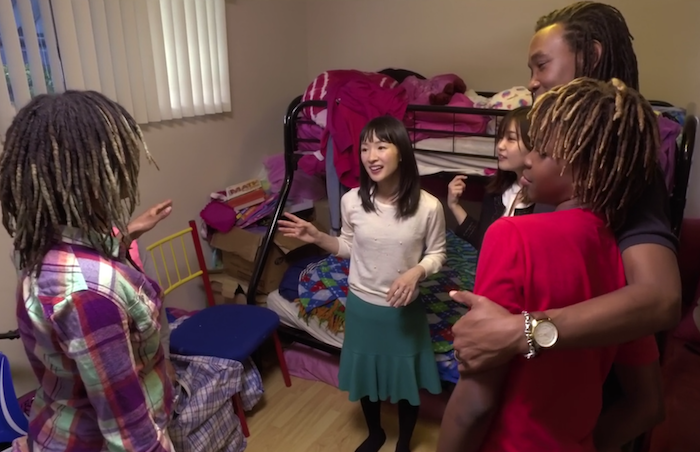
BY GABE HERMAN | Most New Yorkers are familiar with the never-ending battle against clutter that is a feature of life in a small apartment. If it were easy to organize, the “de-cluttering” industry wouldn’t exist and be as big as it is.
One such industry titan is “tidying expert” Marie Kondo, a Japanese woman with a new Netflix show called “Tidying Up.” The show builds off her empire of a No. 1 bestselling book and a brand called KonMari that offers advice and a network of counselors — who go to peoples’ homes — including 16 such experts in the local New York area. The company will even hold a conference in Midtown during March 29-31 to train new counselors for the brand. Registration cost is a cool $2,200.
The Netflix show was released Jan. 1 with eight episodes. In short, the plot is Kondo goes to homes and teaches the KonMari method, which involves tidying by category rather than area. The order goes clothing first, then books, papers, miscellaneous items, and, in a smart move, sentimental items are saved for last.
The test for whether to keep an item is deciding if it “sparks joy,” according to Kondo. If it doesn’t, she advises, thank the item for its service (seriously) and then send it on its way.
The eight episodes are all set in Southern California. Apparently, tiny New York apartments were too much of a challenge — though maybe Kondo will build up to them in Season 2. Episode 3 is called “The Downsizers” and has Kondo helping a family of four, the Mersiers, who moved from a Michigan home into a cramped apartment.
Clothes are strewn across rooms, along with instruments and papers and all the other apartment items that mysteriously build up in peoples’ homes. The clutter causes stress, especially for mom Katrina, who gets emotional in explaining that she is the only one who knows where things are, and feels she is failing to keep the family organized and running smoothly in the large role she has taken on.
The situation is not hoarding but rather stressful clutter, which may be less dramatic but also more relatable for the average viewer. As Kondo takes the family through her process, she teaches empathy for the messes, and before beginning, kneels and bows in the home to connect with the space, as the family looks on.
Later, the two kids, a 12-year-old boy and 11-year-old girl, talk to their clothes as they decide to keep or discard them, which all sounds a bit awkward but does seem to give more empathy and meaning to their process and allow for clarity over which items will actually be used going forward.
Kondo notes the mom’s role in being responsible for everyone’s items in the house, and says through a translator, “I would like to teach the family how to be responsible with their belongings.”
By the end of the 35-minute episode, the kids are putting away their own clothes and the husband, Douglas, helps with kitchen and cleaning duties because he knows where things are and feels more responsibility to help.
“I’m growing up here,” he says, and son Nolan adds about Kondo, “She lifted the weight off my mom’s shoulders.”
The show isn’t about high-stakes drama but more subtle everyday struggles with clutter and responsibilities within families. Viewers can even learn some tips for de-cluttering, which of course is easier than implementing them, and is why “tidying experts” like Kondo are able to build such big empires in the first place.



